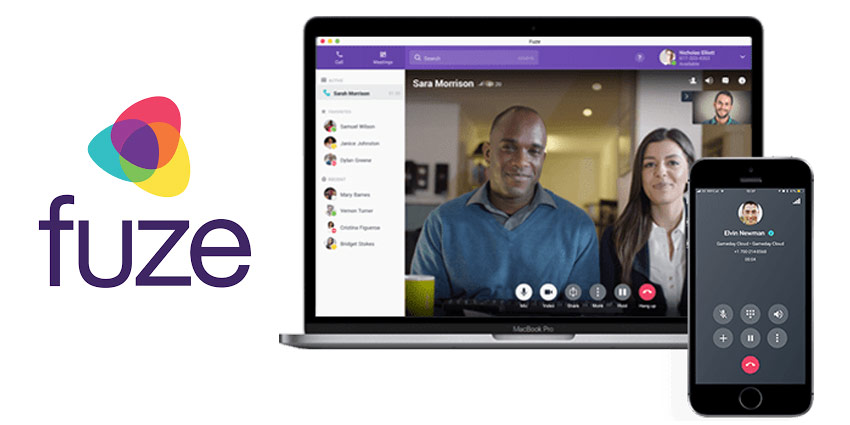In virtually a blink of the eye, working practices have drastically changed. With stay-at-home orders still in place in many parts of the world, remote work – when and where possible – has become the new norm. Just a few short months ago, workers were able to resolve problems over watercooler conversations. And collaborating with team members, colleagues, and management was as simple as walking down the hall to an office or conference room.
With COVID-19, working together while in isolation has posed some significant collaboration issues. To overcome these challenges and to keep the business on track, CIOs are increasingly turning to unified communications (UC) solutions. In fact, a recent Pulse Q&A survey, that gathered data from IT leaders, found that a whopping 77% of respondents have increased their spend on video conferencing tools. To keep employees engaged, CIOs are modifying current working practices and putting in place new ones that focus on technology, processes, and procedures.
What remote workers need to stay connected and productive

Staying connected and productive requires workers to be able to communicate with co-workers when they need. To make this a reality for remote workers, CIOs need to ensure that their voice and video tools are beyond reproach. And this requires reliable network connectivity. However, since workers have transitioned to remote working en masse, a surge in network usage has taken place, making patchy connectivity a recurring challenge. To minimise work disruption caused by the network, remote workers should opt for a wired connection when available. What if WiFi is their only option? Remote workers can boost network signals by updating the router’s firmware, replacing an older router with one that supports newer standards like 802.11ac or upgrading to a mesh-based WiFi system that provides optimal connectivity throughout the entire home.
Productivity has many facets and one of the most important is enabling remote workers to access the information and data they need. Providing secure access typically means granting privilege to your virtual private network (VPN). As the demand on your VPN will surely increase, or if it already has, be sure to gauge whether your host configuration, redundancy, and licensing are positioned to scale reliably. The Pulse Q&A survey discovered that only 57% of respondents believe that their technology stacks would allow for a complete remote work scenario.
Technology doesn’t end with the big ticket items. There are peripherals such as headsets, secondary displays, keyboards, a mouse, etc. that workers rely on to effectively do their jobs. Because of the lockdown, workers can’t just show up at their place of employment to get what they need. To determine the right course of action, you should partner with your HR and legal teams to determine correct safety protocols.
Since face-to-face communication isn’t an option, remote workers need to know when their colleagues are available for meetings, spur of the moment conversations, etc. Providing remote workers with apps that signal co-worker availability can take the stress out of organising meetings or quick conversations. The silver lining to these apps is workers don’t lose productivity and the organisation is building the foundation for fostering active participation across teams and subgroups in a remote culture.
Remain vigilant against cybercrimes
With COVID-19 and the onslaught of employees working from home, cybercriminals are working overtime. It’s never been more important than now for CIOs to put in place processes and procedures to ensure employees are aware of potential scams and cyber threats that could affect either their corporate or personal information. Now’s the time to implement ongoing training and processes so that employees have clear instructions on what to do and who they should contact in the event of a real or potentially real cyber incident.
Business continuity during this unprecedented time is of the utmost importance and we have the communication tools and technology needed to optimise remote work environments. Smart companies are putting in place the technology, processes, and procedures that will not only help foster collaboration for ongoing success during the crisis, but also beyond.
Guest Blog by Chris Conry, CIO, Fuze







